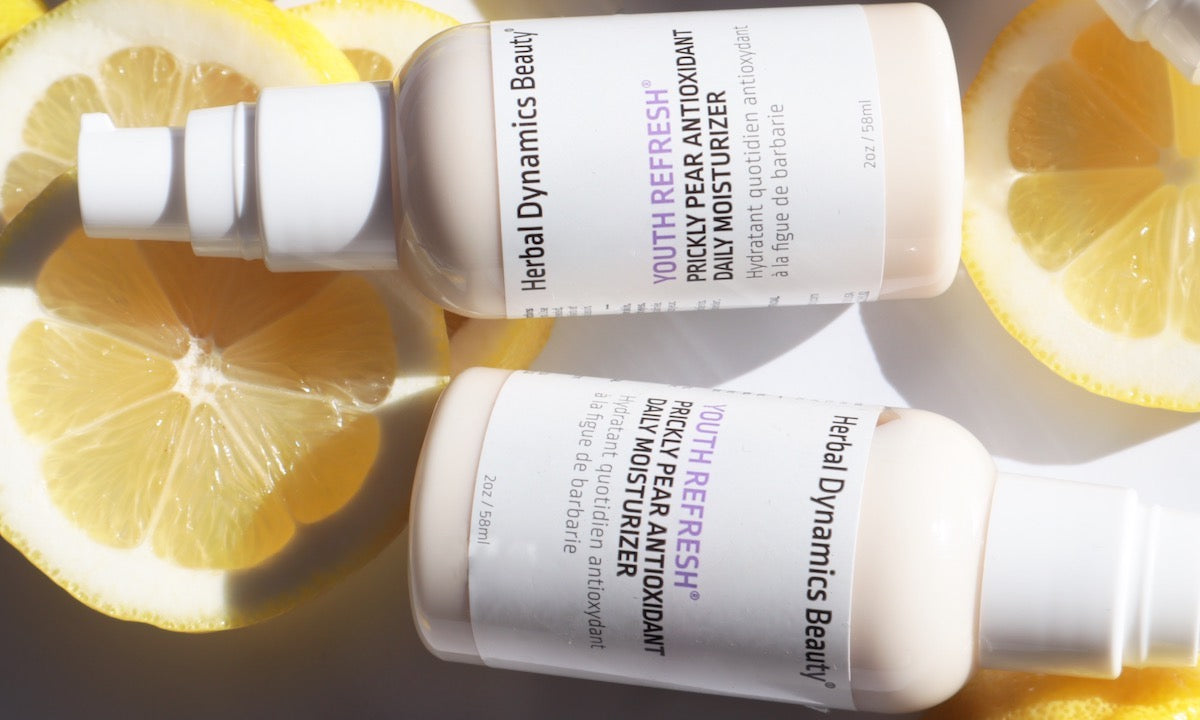Your Cart is Empty
FREE SHIPPING on US orders over $45. Save 25% With Code TAKE25 at checkout.
FREE SHIPPING on US orders over $45. Save 25% With Code TAKE25 at checkout.

Even if your skincare shelves are sparse, you probably have a jar of moisturizer. It may not sound like anything special (buzzy beauty trends and exotic treatments definitely get more hype), but moisturizer is arguably the most popular cosmetic product on the planet.
Available in hundreds of thousands of iterations (and just as many different price points), many of us don’t even know where to begin when it comes to selecting the right moisturizer.
So what’s the secret to sorting through the masses? Science! Knowing how to choose the best moisturizer for your skin comes down to these three main moisturizing agents: humectants, emollients, and occlusives.
Humectants are commonly used in moisturizers to help with hydration. They work by pulling water from the deeper layers of your skin into the top layer (called the stratum corneum). This is important, because the outer layer of skin is primarily composed of dead skin cells, which tend to look dry or dull without proper hydration.
By preventing water loss and keeping skin hydrated, humectants help keep skin from flaking, cracking and chafing. The more moisture your outermost skin cells have, the plumper, firmer, and younger your skin will look.
Everyone! No matter your skin type, these ingredients are key for hydrated, healthy skin.
Humectants are used in tons of personal care products (think: cleansers, face creams, lip balms, frizz serums, and soaps). Some are derived from nature (natural humectants) and some are man-made (synthetic humectants).
Keep in mind the term humectant isn’t typically printed on product labels, so you’ll want to look for specific humectant ingredients. Below are some popular examples:
Natural Humectants: hyaluronic acid, aloe vera, alpha hydroxy acids (i.e. glycolic and lactic acid), honey and seaweed.
Synthetic Humectants: glycerin (or glycerol), propylene glycol, butylene glycol, sorbitol, and urea.
Emollients are skin-loving ingredients that help skin stay soft, smooth, and supple. Unlike humectants, emollients don’t affect the water content in your skin cells.
They help to repair cracks in the skin barrier by filling gaps between cells and skin flakes with fatty substances called lipids.
Emollients are great for repairing skin damage, so they are often found in anti-aging products. They also help repair damage caused by sun exposure, environmental stressors, and harsh products.
Emollients are good for most skin types, with the one exception being skin that is naturally very oily. Some emollient products (particularly thick, oil-rich formulas) can be too heavy and lead to clogged pores and breakouts.
Emollients are beneficial for anyone dealing with run-of-the-mill dry skin, and can be particularly helpful in managing conditions like eczema and psoriasis, as they can reduce skin itching and scaling.
Lanolin, mineral oil, ceramides, dimethicone, coconut oil and other plant-based oils.
Occlusives are moisturizing agents that create a protective barrier on the skin to prevent the loss of moisture. They seal everything in, including humectants and emollients, to help lock in hydration and keep skin soft throughout the day.
Occlusives also protect the skin from external irritants, so the overall effect is retained skin moisture, reduced irritation and improved skin barrier function.
Occlusives often have a thick, heavy consistency, which makes them a popular pick for very dry skin. They are more commonly found in body creams and lotions than facial moisturizers (which typically favor humectants and emollients).
Shea butter, colloidal oatmeal, petroleum jelly, beeswax and paraffin wax.
Take a look at the ingredient list on your moisturizer and you’ll likely see water listed as the first ingredient (if not first, it’s almost always in the top 3). Why?
There are a few reasons water is often listed as the primary ingredient in your skincare products (even the pricey ones!):
The good news is that most moisturizers on the market will help with dry skin, so it’s hard to go very wrong. The choice comes down to your specific skincare concerns and subjective experience (whether or not you like the smell and feel on your skin).
Find one you like and use it regularly for healthy, hydrated skin!